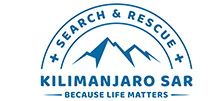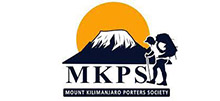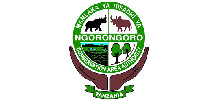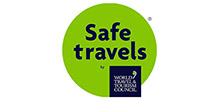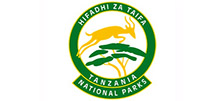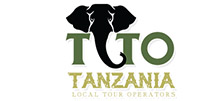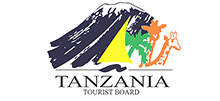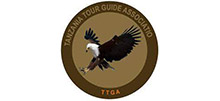Mt. Kilimanjaro is a true definition of natural wonder that every adventurer is dreaming to conquer. At 5,895 m, Kilimanjaro is the highest point in Africa. Climbing to Uhuru peak takes 5 to 9 days depending on the route. The more days, the higher the possibility to conquer the summit. Each route offering different attractions and challenges. You only need to be fit enough and equipped with all the basic and necessary gears for hiking. Let us guide you to the summit. Contact Us for a tailor-made itinerary.
Mt. Kilimanjaro is one of the world’s most accessible high summits, a beacon for visitors from around the world. Located near Moshi town in northern Tanzania, the Kilimanjaro National Park was first established as a game reserve in 1921 and designated as a forest reserve in 1973, Mt. Kilimanjaro national park was declared a UNESCO World Heritage Site in 1987 due to its natural beauty. Mt. Kilimanjaro is a dormant volcanic mountain. Its composed of three distinct cones namely Kibo which is the highest peak that stands at an elevation of 5,895meters, Mawenzi which stands at 5,149 meters and Shira which is the lowest peak that stands at 4,005 meters. This volcanic massif stands in splendid isolation above the surrounding plains, is the highest freestanding mountain in the world with its snowy peak looming over the savannah.
Most climbers reach the crater rim with little more than a walking stick, proper clothing and determination. And those who reach Uhuru Point, the actual summit, or Gillman’s Point on the lip of the crater, will have earned their climbing certificates and their memories. But there is so much more to Kili than her summit. Whether you come to climb it or simply to gaze in awe at this remarkable, snowcapped equatorial mountain, drawing near to Mt Kilimanjaro is one of the great experiences of African travel. The ascent of the slopes is a virtual climatic world tour from the tropics to the Arctic, with a total of five different ecosystems. The mountain’s ecosystems are as strikingly beautiful as they are varied and diverse.
Known as the cultivation zone this zone will start at an altitude of approximately 800 meters and end at an altitude of approximately 1,800 meters. This region of the mountain receives the greatest annual rainfall. It also has many rivers formed by glacier run-off from the top of Kilimanjaro. This zone is made up of farmland and small Chagga villages. These villages are where many of the porters and guides you will see on the mountain come from. You will drive through these villages on the way to your climb. Big parts of these mountain lowland slopes are mostly used for farming coffee, bananas, maize crops and avocados. Some of Africa’s best coffee comes from the foothills of Mount Kilimanjaro.
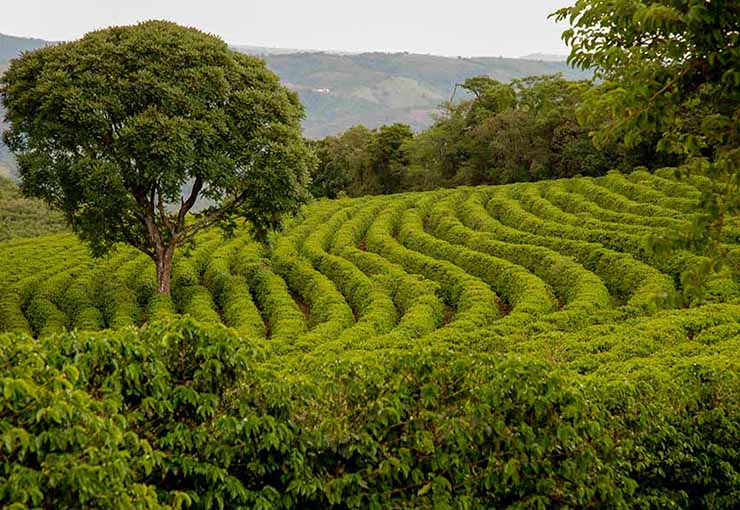
As reaching an altitude of approximately 1800m a new climate zone begins, the montane forest where both blue monkeys and colobus monkeys are prevalent on certain routes. This rainforest circles a majority of Mount Kilimanjaro. With its animated colors, this rain forest jungle is simply amazing. The colors seem more vibrant than any forest you have ever seen. The trail is flanked by deep gorges of emerald blankets of every shade of green imaginable. Rising majestically out of the forest floor are twisted, ancient trees draped in coats of moss. When there is a break in the foliage, you get views of the clouds weaving their way through the tree tops. The temperatures in the forest are usually mild and if it’s going to rain on your climb, it will be here. The rain forest climate zone ends at an altitude of approximately 2,800 meters, where the new climate zone begins.
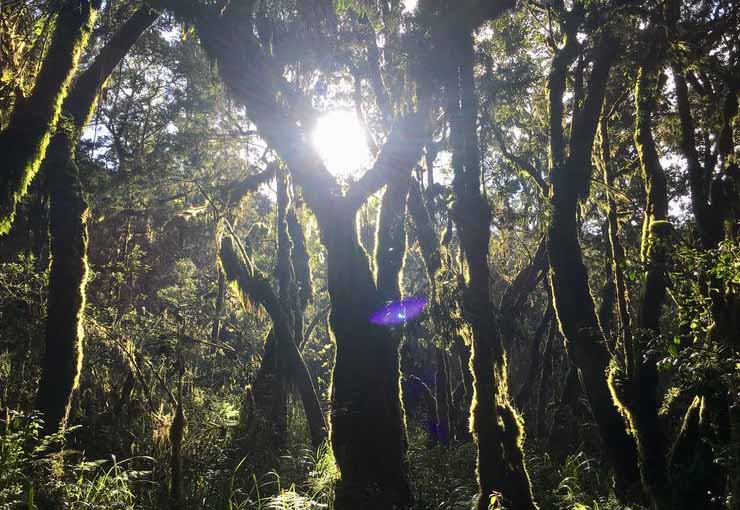
The heather and moorland zone emerge just after the montane forest zone between 2800m and 4000m altitude. A climate with erratic changes of temperatures, reaching from above 40ºC during daytime and below 0ºC during nighttime. These temperatures combined with less rain, gusting winds, giant heathers, wild grasses and a rocky trail replaces the rainforest very quickly. Some of the heather shrubs can grow to over 30 ft. high. As you climb tall grasses replace the heather as you enter into the Moorland zone. Large fields of wild flower cover sections of the mountain and you will often see clouds floating at your eye level. Expect amazing blue skies at the upper end of this zone. There will be little cloud cover to protect you from the sun’s UV rays. Brings lots of sunscreen.
Now that you are above the cloud line the views of the rainforest below and the summit of Kilimanjaro above are simply breathtaking. Once the sun sets, the stars are overflowing in the night skies and create a truly peaceful environment.
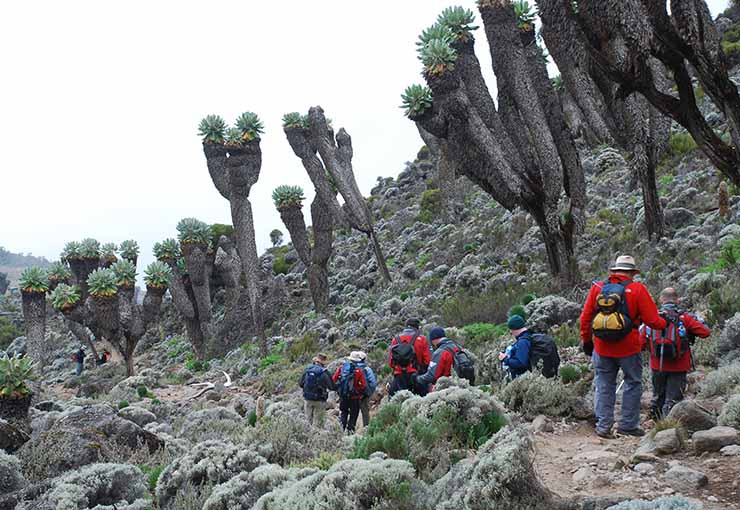
Where one climate zone ends another begins. With only a very little amount of annual rain, an oppressive sun and sub-zero temperatures, the climate of the alpine desert has begun. Revealing the ancient history of Mount Kilimanjaro with its volcanic rocks. With the views of the glaciers of the summit and deep gorges on the slope and branches in the crater rim where molten lava blasted through during prehistoric eruptions. The landscape is barren and stranger than anything you may have seen before. A climate continuing to an altitude of approximately 5,000 meters.

And to the last and final climate on the magnificent Mount Kilimanjaro, the arctic zone, which starts at an altitude of approximately 5000 meters and continues to the summit of the mountain, Uhuru peak, at 5,895 meters with the stunning views of the eternal ice glaciers. The lower section of this zone is made up of loose dirt and gravel known as scree. Scree is quite difficult to climb. That is part of the reason the summit attempt begins at night when the evening dew has settled and frozen. This allows the scree to knit together making it a more stable path.
As you climb, ice will begin to appear in patches and soon in large fields as you approach the lower reaches of the summit glaciers. The traditional summit route takes you up to the rim of the volcano at Stella Point then heads west for one last push. You will follow the crater rim as it rises beside a massive glacier to Uhuru peak, you finally approach the sign that signifies the feat you just accomplished.

Many conclude climbing Mount Kilimanjaro to be the highlight experience in Tanzania. As Kilimanjaro is one of the world’s most accessible high summits in the world, reaching Uhuru peak is an adventure that can be accomplished both by first-time mountain trekkers and experienced mountain trekking enthusiasts. Climbing Kilimanjaro fits in well with a safari to the rest of Tanzania, and indeed great wildlife areas are so accessible by air or road. It would be a great pity not to plan this into your travel, even if it is not a full hike but only a single-day hike.

Climbing to Uhuru peak takes 5 to 9 days depending on the route. The more days, the higher the possibility to conquer the summit. We recommend six mountain routes that you can choose to reach the summit – Marangu, Machame, Lemosho, Shira, Rongai and Umbwe. All routes except Marangu and Rongai descend via Mweka. Each route is offering different attractions and challenges. Regardless of the route you choose, you must be well prepared for the great challenge of the mountain. You need to be fit enough and equipped with all the basic and necessary gears for hiking.
When you book with us, we will advise you and guiding you to choose the best route for your successful hike. Your fitness level can determine the number of days you can take to conquer Kilimanjaro mountain. Taking 6 to 8 days’ hike with enough litters of drinking water makes high chances of one reaching to Uhuru peak. Normally, many hikers start to feel the hiking effect from 3,000 m above sea level while few will start feeling the effect before 3,000 m above sea level (these are mostly inexperienced hikers). Well prepared and experienced hikers always reach to the summit, following the guidelines of our well experienced mountain guides. The longer the days one plans, the higher the chances of completing the hike due to great acclimatization period.
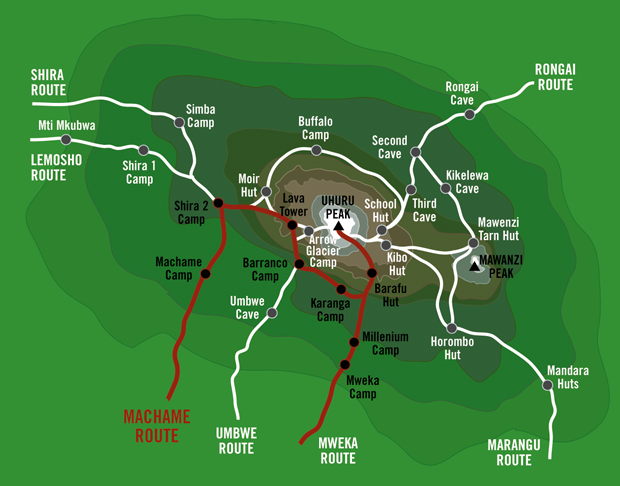
Machame route also known as the whiskey route is the most popular trekking route for the Mt. Kilimanjaro climb due to its scenic beauty. The route is challenging and mostly fit for the experienced hikers who have great acclimatization time.
The route starts from the southern part of the mountain covering a distance of around 62km. Hikers who use this route take about six to seven days to reach the summit passing through Montane forest and moorland area with great views of different vegetation zones, Shira plateau – that sometimes can be very muddy especially during the rainy season and very dusty during the dry season, views of the sunset among others. The climb is close to the Lava Tower before reaching the Barranco Huts where the altitude lowers, which gives you an excellent chance of acclimatization.
It is possible to move far to the steep ridge that rises to the Barranco wall and further down to Karanga Camp for acclimatizing in the alpine desert that prepares you for the next challenge. Spending one night here gives you high chance to reach the Barafu Camp as you wait for your final destination the Uhuru peak.
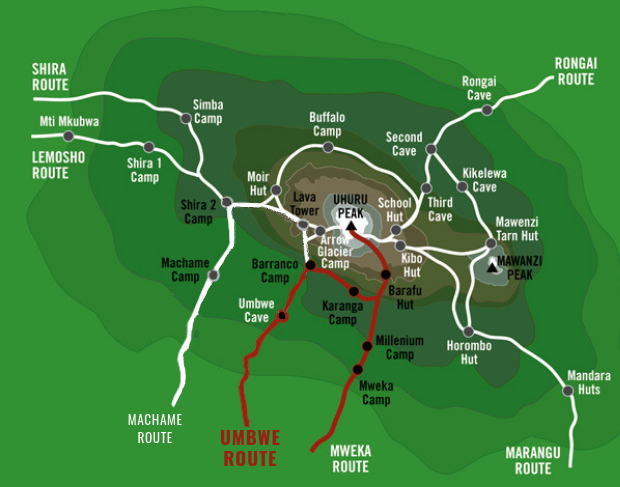
The Umbwe route has a well-deserved reputation of being the most challenging route to Mount Kilimanjaro summit. Due to the fast ascent to high altitude, this route does not provide the necessary stages for acclimatization.
The route is less visited compared to other routes because it has a bad record of altitude sickness with over 60% of the hikers. Umbwe is a direct, yet steep and short route to the summit. This route’s difficulty makes this route good for experienced hikers and mountain climbers who are confident in their ability to acclimatize quickly to altitude and are looking for a challenge.
Hikers should be fully aware of the level of exertion and danger before booking this trip – exactly what some rare climbers are looking for.
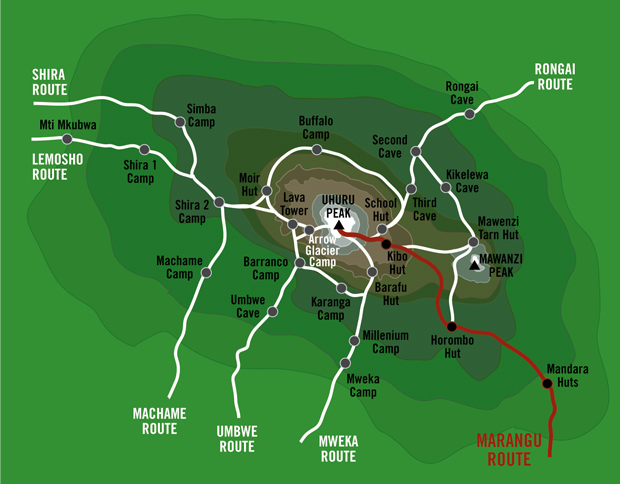
On Marangu Route you will be following the track of the oldest and most reputable route of them all on Mount Kilimanjaro. As being the most established route, this route is also the only route where permanent shared huts are established with bunk beds. For those that can’t bear sleeping in a tent or during the wettest months, the Marangu Route remains a good choice. It is, however, very busy and does not see as much of the mountain as western routes.
The Marangu Route is also known as the “Coca-Cola” route and is one of the most popular routes. Also considered to be the easiest path to climb Mount Kilimanjaro given its direct path and gradual slope. Unlike the other routes the ascending and descending route are the same when following the path of Marangu Route.
The Marangu Route takes a minimum of 5-days to complete however some prefer to take the 6-days option for better acclimatization. For unexperienced hikers, this route will be the best choice.
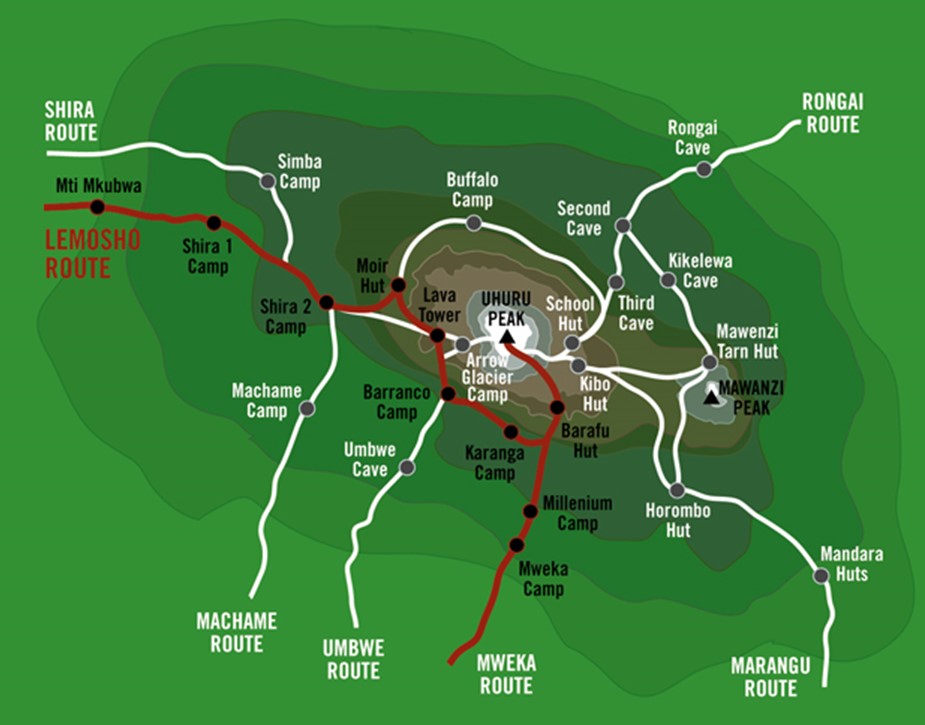
Lemosho route starts from Londorossi gate from the western part of the mountain and covers around 70 km. Lemosho route is preferred by many experienced hickers due to its remoteness, scenery, sunset view, acclimatization and summit success rate. Climbers encounter less traffic until the route joins the Machame route on the 3rd day when on a 7/6 days Lemosho trek. Though 8 days is ideal for this route for better acclimatization.
Starting at Lemosho on the Western side and traversing across the most spectacular parts of the mountain including the Shira plateau, Lava Tower, Arrow Glacier and then up the Western Breach on to the Kibo caldera floor. The ascent to the summit is a relatively short steep hike up the Kibo rim. Descent is via the Mweka route.
This route is inherently more daring than other routes for the amount of time spent at high altitude and accessing the western breach. This route should only be undertaken by fit individuals with experience of altitude and adventurous training.
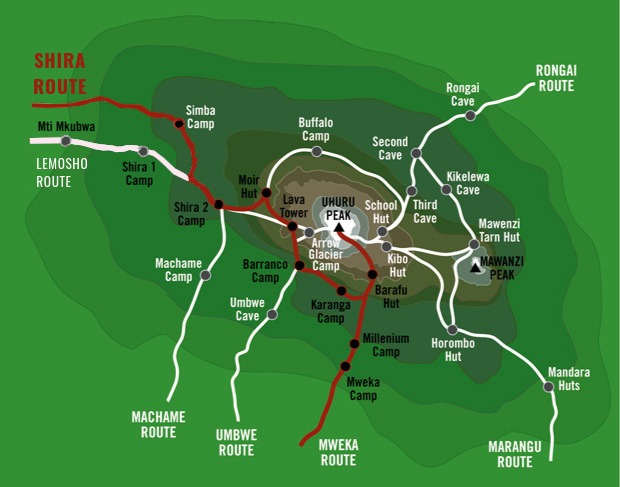
This route is located in the western part of the mountain a few kilometers from Lemosho route. Shira route starts from Shira gate and covers around 56 km to the summit, during hiking you will pass through different vegetation zones, Shira plateau and joins other trails at Barraco camp where you will be given one day of acclimatization as you enjoy great views of the mountain, steep ridges, lava towers, views of the sunrise among others.
Shira Route 7-Day via Stella Point is mostly recommended for a successful summit chances. Also for those that want just a taste of Kilimanjaro National Park and the Shira Plateau, a 3-day hike on this route is recommended.
The 7-day ascent to the roof of Africa is starting at Morum Barrier on the north western side of Kilimanjaro this trek cuts out a day at Lemosho and starts right on the Shira Plateau. It joins the Machame Route above Shira 2 Camp on day 3 and circumnavigates Kibo to the south before summiting from Barafu via Stella Point. Descent is via the Mweka route.
This route is highly recommended for practiced hikers.
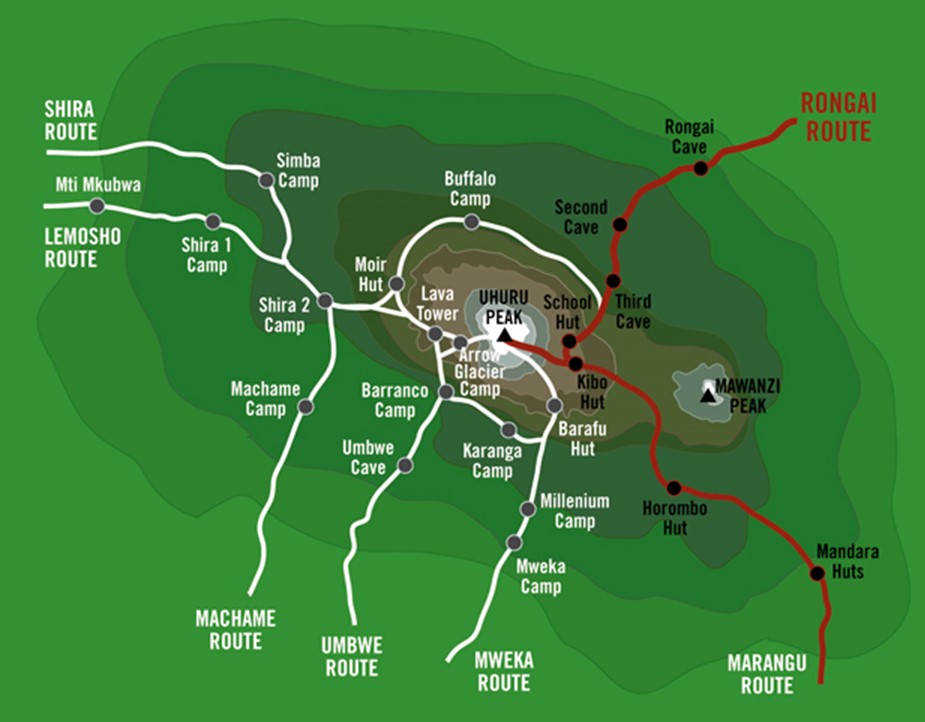
This route is found in the northeastern side of Mount Kilimanjaro bordering Tanzania and Kenya. Rongai route starts from the remote village of Nale Moru found and passes through the lower farmland slopes. The route is a 73km trail to the Uhuru peak but with fewer challenges which makes it one of the longest but most successful routes to hike. Due to its remote location the Rongai route has much lower traffic compared to the other Mount Kilimanjaro routes. This route retains a sense of un-spoilt wilderness and offers a different perspective while climbing Kilimanjaro.
When using Rongai route it takes about 6 days for the experienced hikers and 7 days for the not very fit hikers to reach Uhuru peak and during hiking you will be able to view different animals, birds among others. The 7-day ascent of Kilimanjaro starting on the Eastern side of the national park. This side of the mountain is relatively dry and has a relatively short forest zone. It skirts the base of Mawenzi and the ascent is via Gilman’s Point to Uhuru Peak. There is an acclimatisation day at Mawenzi Tarn. The descent is via the Marangu Route.
Rongai Route is the best trail for those who have less experience climbing or are unprepared, those looking for a more remote hike and less traffic.









